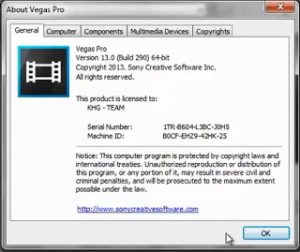

Flexible SiO 2–TiO 2 composite porous nanofibrous membranes (STPNMs) are used to demonstrate this protocol for the separation of arbitrary immiscible liquids, as well as for successive multiphase liquid separation. Herein, we develop a universal infused-liquid-switchable separation protocol based on polarity interaction between liquids and membranes, without any external stimulation or covalent modification. The extra pressure must be precisely adjusted according to different gating thresholds of the transport substance.


However, during the separation process, extra pressure was needed to open the pores sealed by the lubricating liquid to permit the flow of liquid. Aizenberg and co-workers reported that the separation of a three-phase air–water–oil mixture could be realized by accurately tuning the gating threshold 14. The premise for these membranes is that the SE of the infused liquid should match that of the textured substrate and form a stable state. Recently, a type of liquid-infused microtextured membranes inspired by the Nepenthes pitcher plant 13 has been developed for liquid separation, in which the infused immiscible liquid layer acts as the repellent surface rather than the covalently modified solid surface. For example, it is relatively complicated to manipulate the SEs of membranes via covalent modification 10– 12, especially for the separation of immiscible liquids with a small SE difference. However, this approach suffers from inherent limitations that severely restrict its applicability. Such membranes could both allow the flow of low SE liquid and block the flow of the high SE liquid. For the separation of these immiscible liquids, Jiang and his co-workers proposed that the SE of the membrane should be controlled in the middle of the intrinsic wetting thresholds of the immiscible liquids 10. Such a separation process is, in fact, highly demanded in the chemical industry, for example, during anhydrous heterogeneous chemical reactions 6– 8 and multi-liquid-phase extraction 9. However, the separation of immiscible liquids with a smaller difference in SE has been less explored, and successive separation of multiphase liquids remains a challenge. Much effort has been given to the separation of water (surface energy, SE = 72.8 mJ m -2) and oils (mainly SEs < 35.0 mJ m -2) via the utilization of membranes with special wetting behaviors 1– 5. Furthermore, the infused liquid can be substituted by another immiscible liquid with a higher polar component of surface energy, affording successive separation of multiphase liquids. Even immiscible liquids with a surface energy difference as small as 2 mJ m −2, or emulsions stabilized by emulsifiers can be effectively separated. Herein, we demonstrate a simple and universal polarity-based protocol to regulate the wetting behavior of superamphiphilic porous nanofibrous membranes by infusing a high polar component of surface energy liquid into the membranes, forming a relatively stable liquid-infusion-interface to repel the immiscible low polar component of surface energy liquid. Current liquid separation strategies are primarily based on covalent modification to control the membranes’ surface energy, or are based on gating mechanisms to accurately tune the gating threshold of the transport substance. Materials with selective wettabilities are widely used for effective liquid separation in environmental protection and the chemical industry.


 0 kommentar(er)
0 kommentar(er)
